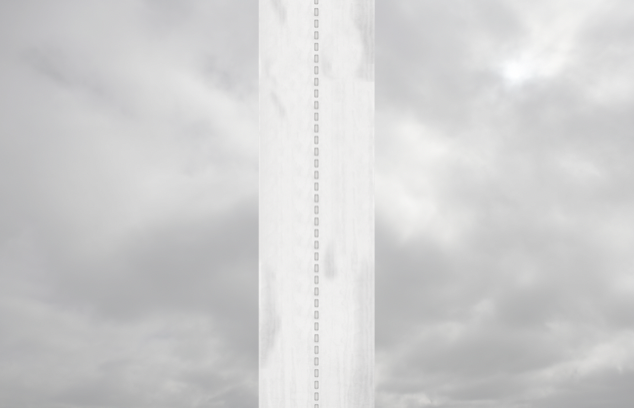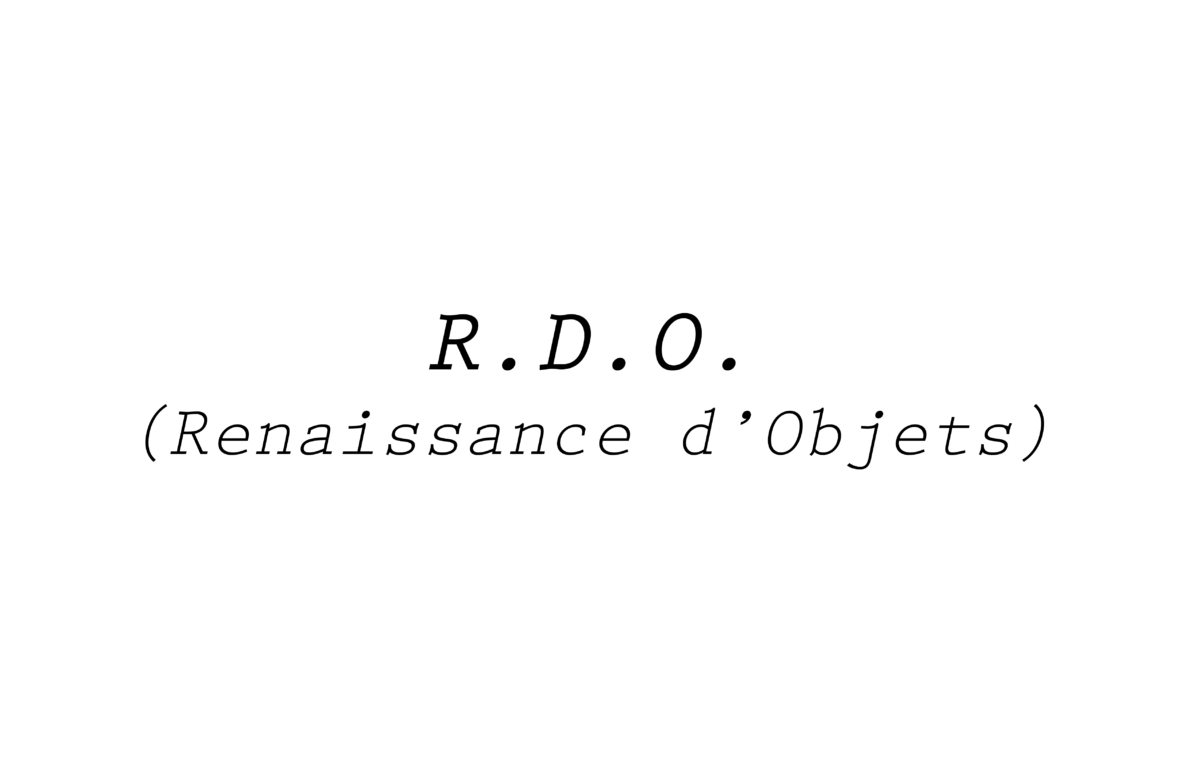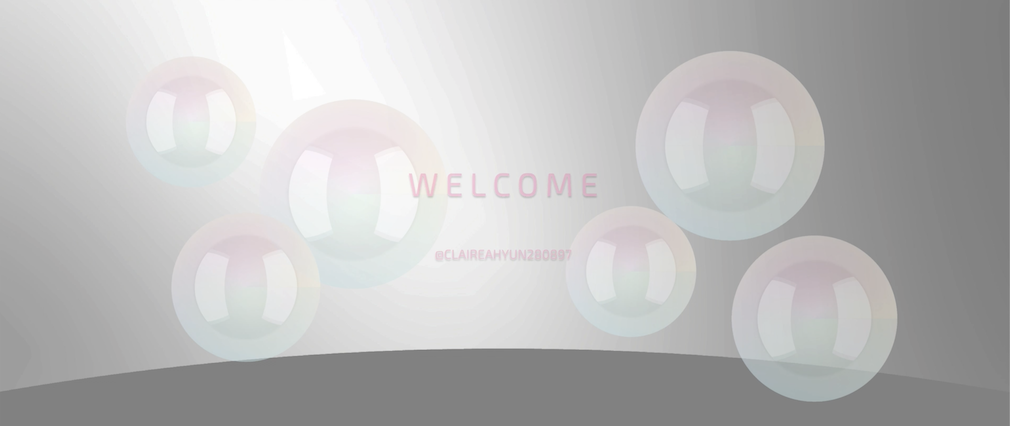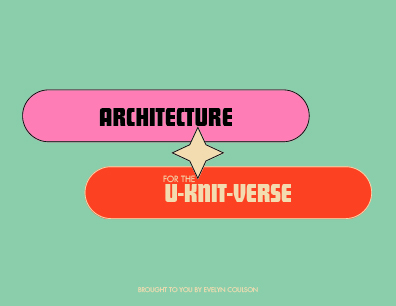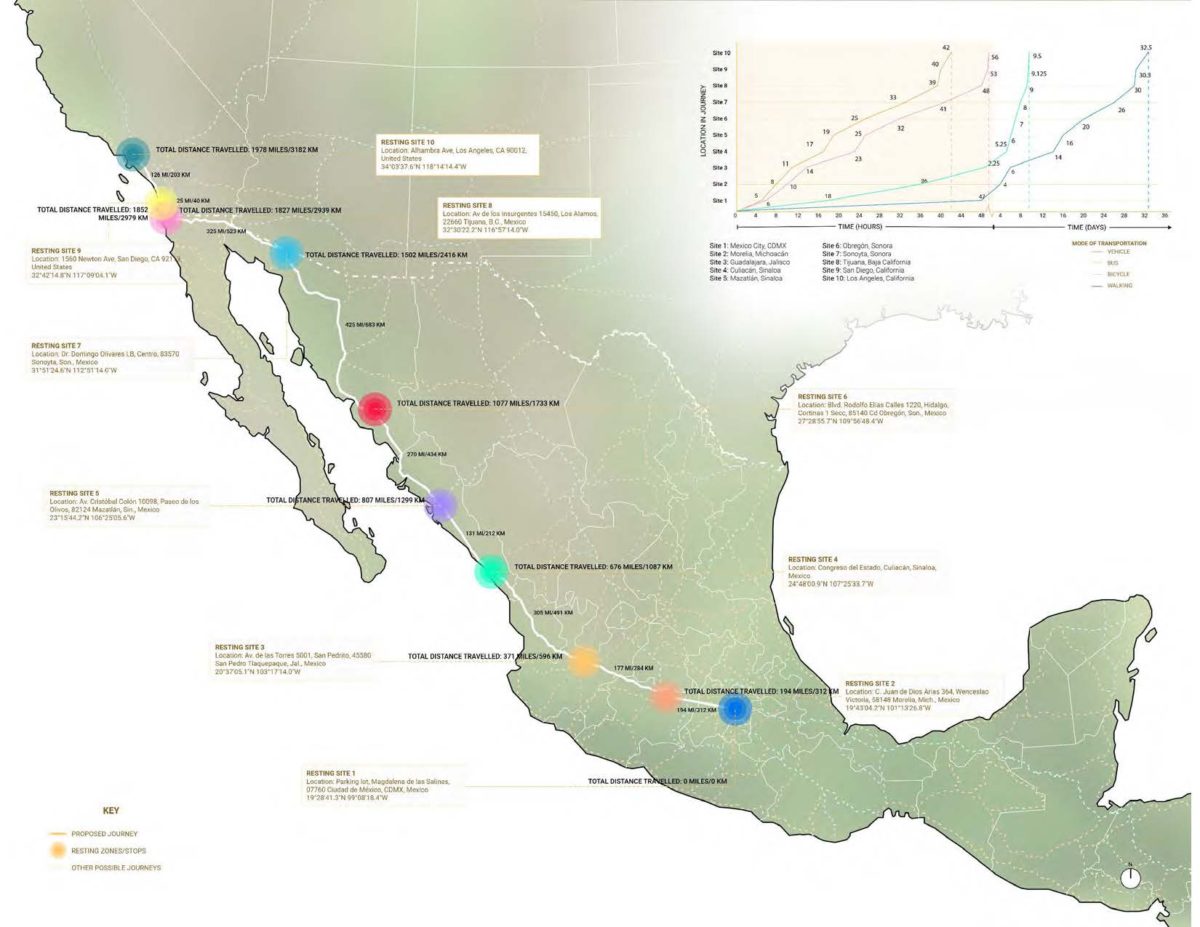Spatial organization has repeatedly been used as a tool to control marginalized bodies, specifically Latinx immigrants, in order to fulfill a political agenda in the United States. Controlled levels of invisibility, hyper-visibility, and impermanence have been used to police movements of undocumented populations. Migrant spaces in general are rendered invisible, creating an unethical and dehumanizing condition that strips people of their identity. The manipulation of these spaces endangers Latinx immigrants and advocates for the unethical control of migrant bodies. By shifting to an inclusive democratic design and prioritizing autonomy of bodies and human experience, migrants can take control of the spaces they occupy, both in the physical and intangible realm of design.
La organización espacial se ha utilizado repetidamente como una herramienta para controlar cuerpos marginados, específicamente inmigrantes Latinos, para cumplir con una agenda política en los Estados Unidos. Se han utilizado niveles controlados de invisibilidad, hipervisibilidad e impermanencia para vigilar los movimientos de las poblaciones indocumentadas. Los espacios de migrantes en general se vuelven invisibles, creando una condición poco ética y deshumanizadora que despoja a las personas de su identidad. La manipulación de estos espacios pone en peligro a los inmigrantes Latinos y aboga por el control poco ético de los cuerpos de los migrantes. Al pasar a un diseño democrático e inclusivo y priorizar la autonomía de los cuerpos migrantes y la experiencia humana, los inmigrantes pueden tomar el control de los espacios que ocupan, tanto en el ámbito físico como en el intangible del diseño.
